The sun unleashed two spectacular prominence eruptions on Aug. 20 — and they may be among the most jaw-dropping events of the entire solar cycle.
First came a colossal eruption off the sun's southeastern limb, caught in stunning detail by NASA's Solar Dynamics Observatory (SDO) and NOAA's GOES-SUVI instrument. Aurora chaser Jure Atanackov called it "one of the top events of Solar Cycle 25," praising its "spectacular structure and plasma knots" as a massive cloud of solar material tore away from the surface. Another aurora chaser, Vincent Ledvina, was equally stunned, writing: "Good God look at this gorgeous prominence eruption … one of the best I've ever seen."
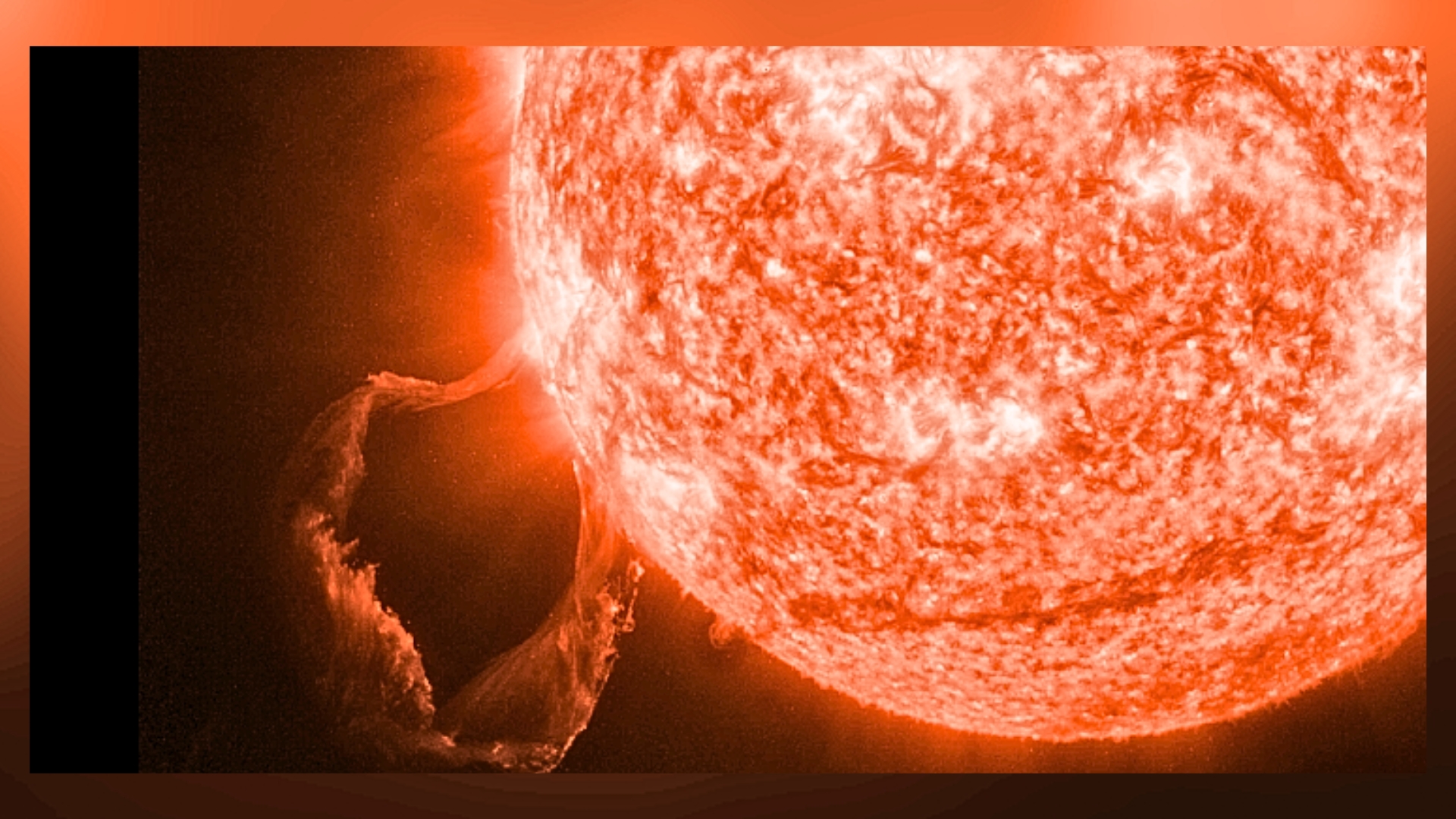
Solar physicist Ryan French added, "A stunning eruption of filament plasma from the sun this morning! This size of event can cause strong aurora activity if directed towards Earth, but alas — this one was not."
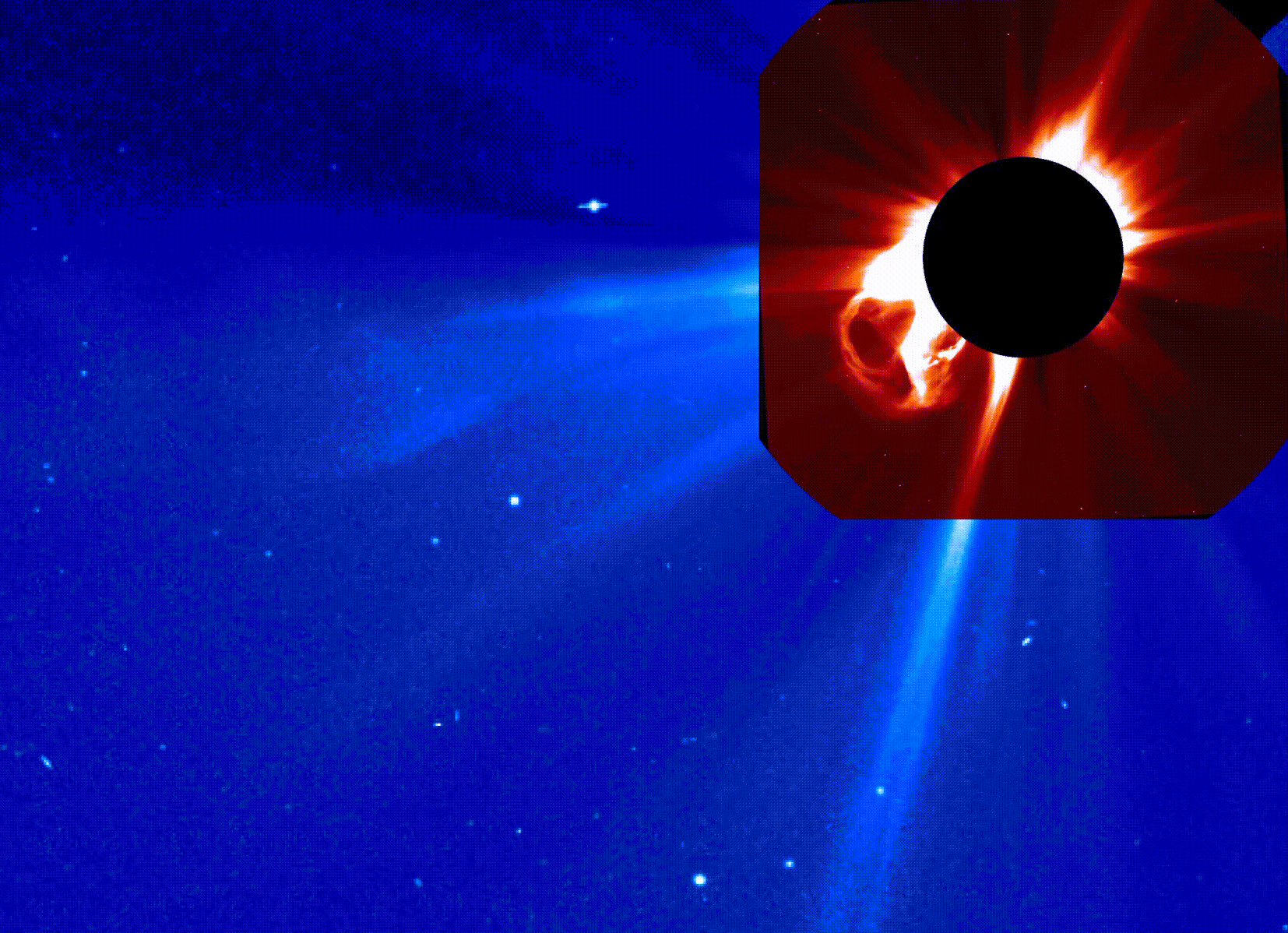
The immense blast hurled a coronal mass ejection (CME) into space, confirmed by imagery from the SOHO spacecraft's LASCO coronagraph. Fortunately for Earth, the CME is moving well away from our planet.
Space weather forecaster Sara Housseal shared this view showing the CME firing out to the southeast east "the Sun said none for you," Housseal wrote in a post on X.
Atanackov shared LASCO coronagraph footage of the same blast, marveling: "It has been such a long time since we have seen a beautiful CME like this one. What a beauty … look at that internal structure!" Atanackov wrote in a post on X. "If it were oriented towards us, we would be likely looking at an incoming severe geomagnetic storm & likely some great mid latitude aurora deep into mid, maybe even low latitudes. Alas …"
It has been such a long time since we have seen a beautiful CME like this one. What a beauty, this time in running difference LASCO C3 imagery. Look at that internal structure! Unfortunately it is a complete miss. If it was oriented towards us we would be likely looking at an… pic.twitter.com/B3zCXb0GGCAugust 21, 2025
Still, the sheer scale of the event, with giant arcs of plasma looping high above the solar limb before breaking free, makes it a standout moment in recent solar activity.
And the show wasn't over. Just hours later, SDO and GOES-SUVI recorded another eruption, this time from the sun's northeastern limb. A second prominence lifted off dramatically, again releasing a CME that SOHO tracked racing into interplanetary space.
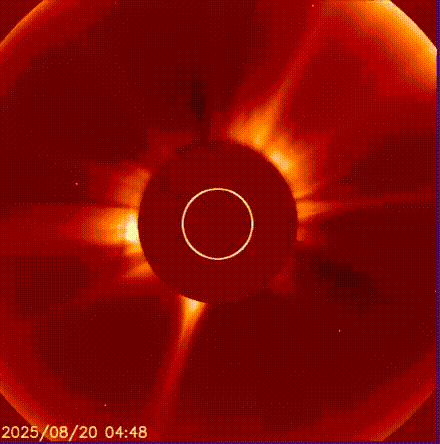
Solar prominences are enormous loops of hot plasma that erupt from the sun's surface, tethered by magnetic fields. They can extend hundreds of thousands of miles into space, and when they destabilize, the trapped material can blast away as a CME, according to NASA.
Together, the twin eruptions mark one of the most dramatic days of Solar Cycle 25 so far. While neither is heading our way, they will not spark auroras here on Earth, space weather watchers are buzzing over the spectacle. Vast fountains of plasma sculpted by the sun's tangled magnetic fields, captured in exquisite detail by satellites. What's not to love?
.png)
 German (DE)
German (DE)  English (US)
English (US)  Spanish (ES)
Spanish (ES)  French (FR)
French (FR)  Hindi (IN)
Hindi (IN)  Italian (IT)
Italian (IT)  Russian (RU)
Russian (RU) 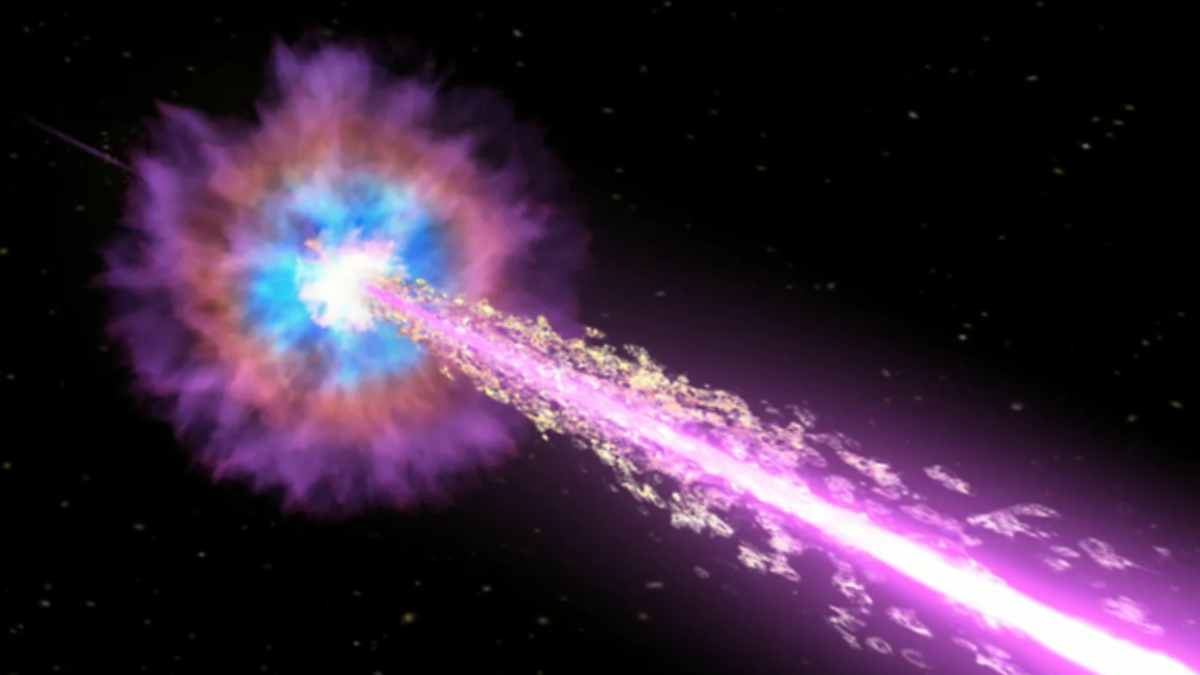
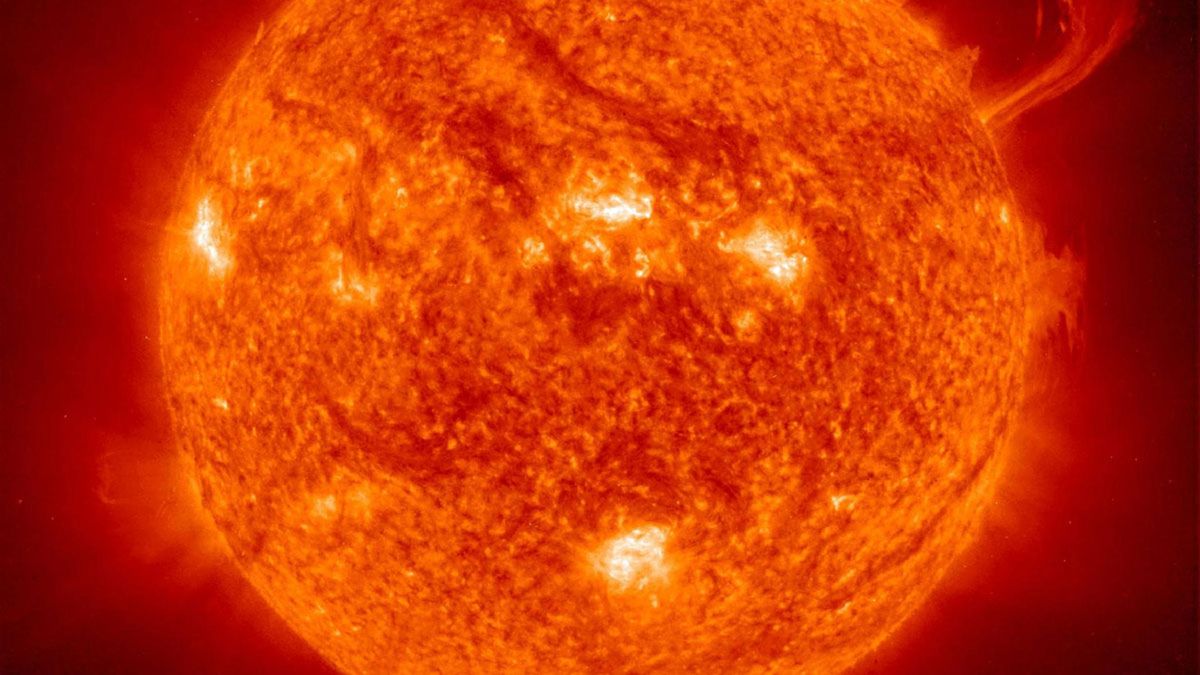
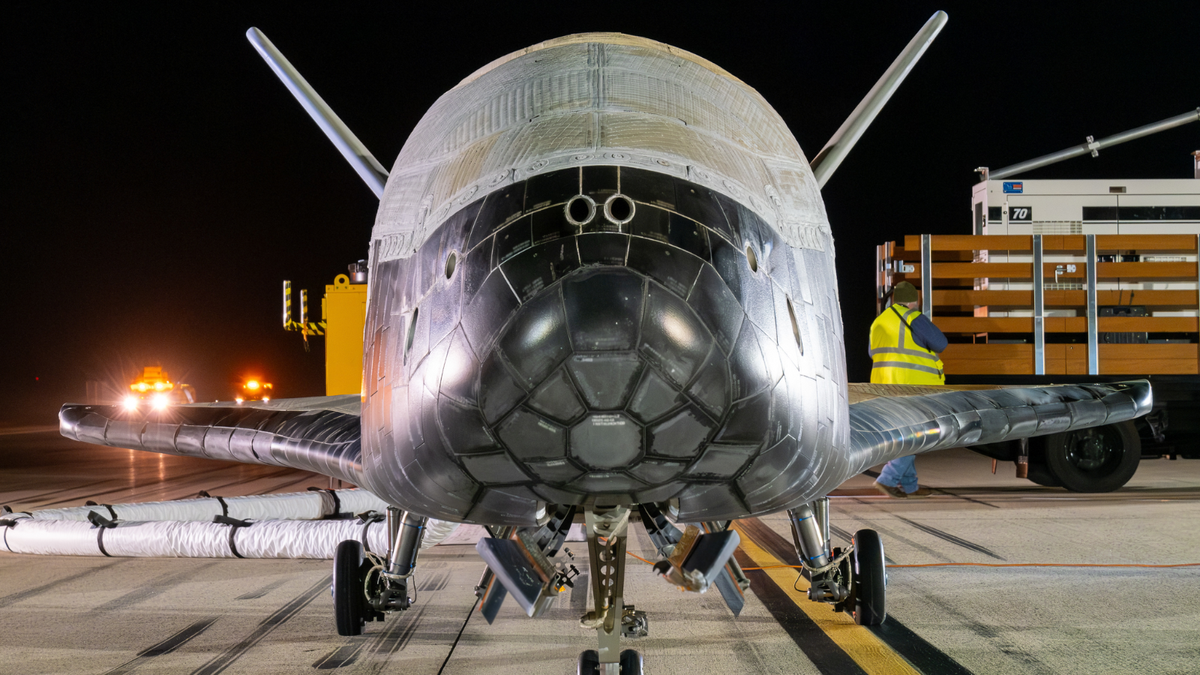
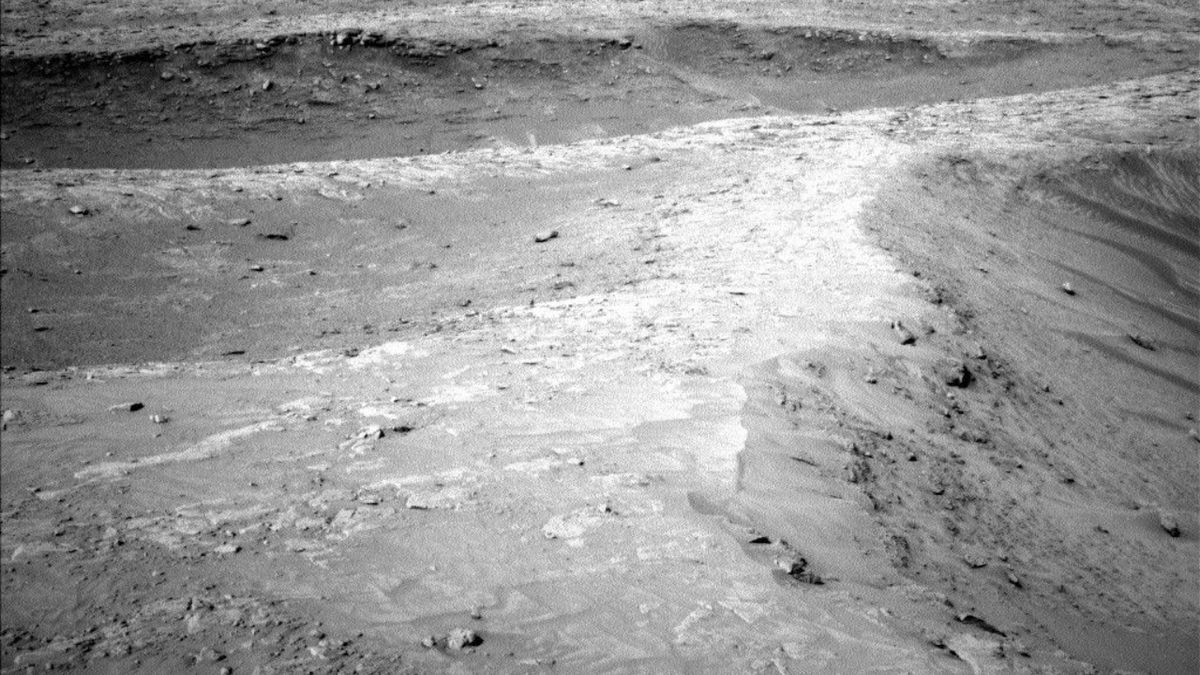


Comments